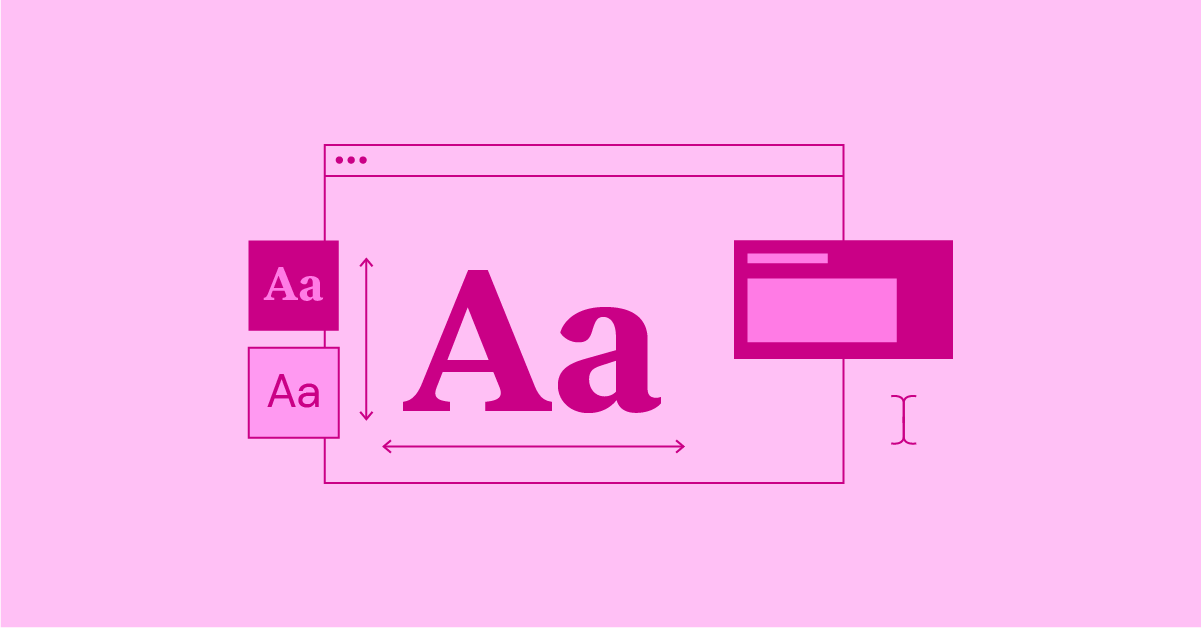Darsazma News Hub
Your go-to source for the latest news and insightful information.
Type It Right: The Secret Life of Web Typography
Unlock the hidden secrets of web typography and elevate your design game. Discover tips that will transform your text into a masterpiece!
The Art of Font Pairing: How to Choose the Perfect Typography for Your Website
Choosing the right typography is essential for creating a visually appealing and effective website. The art of font pairing involves selecting complementary typefaces that enhance readability and convey the desired mood of your content. Start by understanding the characteristics of various font styles. For example, serif fonts are often seen as traditional and trustworthy, while sans-serif fonts convey a more modern and clean aesthetic. To create a harmonious design, consider using a pairing formula: one font for headings and another for body text, ensuring they share a common trait like x-height or stroke weight.
When it comes to font pairing, contrast is key. Aim for a balance between visual hierarchy and legibility. A popular approach is to combine a bold, eye-catching font for titles with a simpler, understated font for the main text. Additionally, pay attention to font size, color, and spacing, as they play crucial roles in how your typography is perceived. Experimentation is important; make adjustments to see what resonates best with your audience. Ultimately, the right font pairing can significantly enhance your website’s user experience and set the tone for your brand.

Understanding Web Typography: Essential Tips for Better Readability
Web typography plays a crucial role in enhancing the readability of your content. By choosing the right fonts, sizes, and spacing, you can significantly improve user experience on your website. One essential tip is to utilize a contrast between your text and background colors. This ensures that your content is easily legible, regardless of the device used. Additionally, consider the hierarchy of your text; using different font sizes and weights can guide readers through your content efficiently, making it easier for them to grasp the key points.
Another critical aspect of web typography is consistency. Maintaining a uniform style throughout your website helps establish a coherent brand identity. Aim for a limited number of font families—ideally no more than two or three—to avoid visual clutter. Furthermore, pay attention to line length and spacing: keeping your lines between 50-75 characters promotes better focus and understanding. Lastly, don’t hesitate to experiment with responsive typography to ensure your text looks great on all screen sizes and devices, enhancing accessibility for every user.
Are You Typographically Challenged? Common Mistakes to Avoid in Web Design
In the world of web design, typography plays a crucial role in how your content is received. Unfortunately, many designers fall into common traps that can diminish the overall user experience. One of the most frequent mistakes is using too many font styles and sizes, which can create confusion and overwhelm the reader. It's essential to establish a clear hierarchy in your text by limiting yourself to a maximum of three font styles: one for headings, one for body text, and one for accents. This keeps your site visually appealing and easy to navigate.
Another common pitfall is neglecting contrast between your text and background colors. Poor contrast can hinder readability and lead to increased bounce rates. Aim for a color combination that provides adequate distinction, such as dark text on a light background or vice versa. Additionally, be cautious with line spacing and letter spacing. Inadequate spacing can make text seem cramped and difficult to read, while excessive spacing can make it feel disjointed. By paying attention to these typographical details, you can enhance your site's aesthetic and effectively communicate your message.